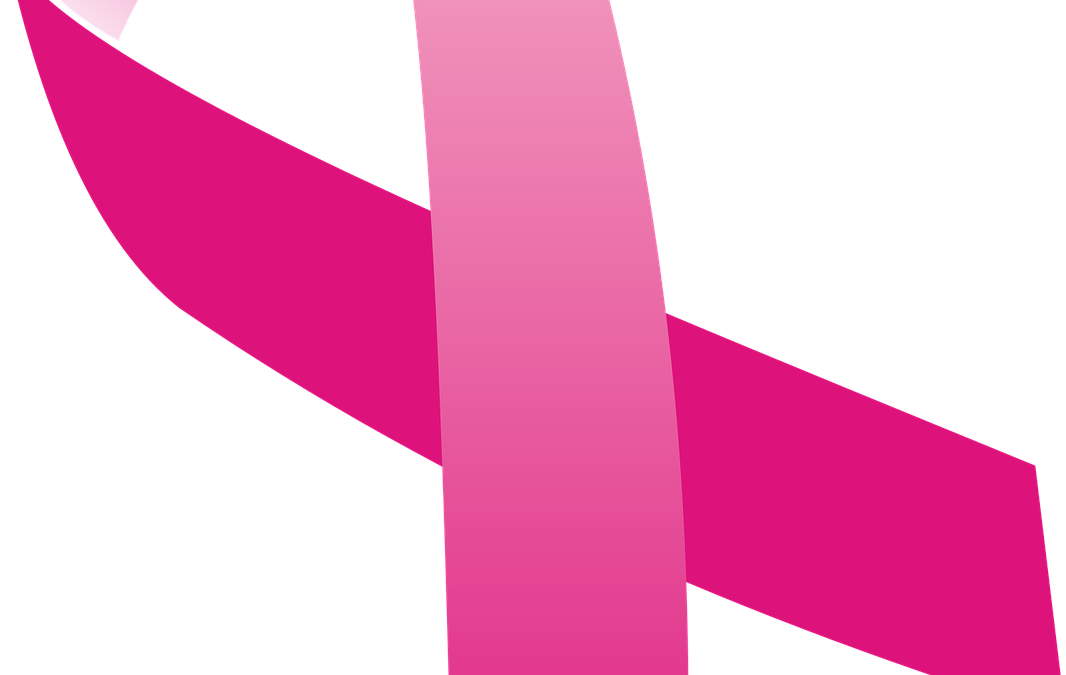My name is Ken Scott Baron (pronoun he/him) and a cis gender gay man, I turn to the subject of Women’s rights.
Three dissenting justices in Dobbs v. Jackson cited experts who say that “a ban on abortions increases maternal mortality by 21 percent.”
As a former European, I wanted to compare the US with Europe for maternal mortality and abortion, with particular attention to people of color and those at the margins.
Many of Europe’s abortion laws are stricter than American laws but maternal health outcomes in Europe are much better!
The median time limit for abortion is only 12 weeks into pregnancy. Many also impose other conditions such as mandatory waiting periods and counseling or third-party authorization by parents, doctors or committees.
Nevertheless, an overwhelming majority of these laws would be incompatible with Roe v. Wade and Planned Parenthood v. Casey, which until recently protected abortion up to the point of fetal viability (around 24 weeks).
Let’s not forget, several European states (Andorra, Liechtenstein, Malta, Monaco and Poland) ban abortion at every stage of pregnancy in all or almost all circumstances.
But here’s the rub! The United States has a much higher rate of maternal death per capita than the European Union.
Moldova — one of the poorest countries in Europe is notable that, both the US and Moldova recorded 19 maternal deaths per 100,000 live births.
And the United States spent $10,103 per person on health care, Moldova spent the equivalent of $244. Many US states having a far higher rate of maternal mortality than Moldova.
Worse still, across the country, the rate of death for women of color is even higher. In 2020, the U.S. maternal mortality rate for Black women was 55.3 per 100,000 births, compared with 19.1 for white women and 18.2 for Hispanic women.
This figure is without parallel in the developed world.
Also, there is no significant difference in maternal mortality among countries in Europe on the basis of how restrictive their abortion laws are.
Poland, which has one of the most restrictive abortion laws in Europe, has the lowest rate of maternal mortality in Europe: only two deaths per 100,000 births.
I took a look at my birth country, the British Isles which included one of the most permissive legal regimes in Europe and one of the strictest.
In England, Wales and Scotland abortion is effectively legal on request, up to 24 weeks and is provided free on the National Health Service. In the Republic of Ireland it is difficult to obtain an abortion there.)
The maternal mortality rate in the United States was roughly twice that of the United Kingdom and more than three times that of the Republic of Ireland.
The evidence from Europe demonstrates that it is not necessary or inevitable that restricting abortion will lead to adverse health outcomes for women.
Back in the United States the uncomfortable truth for Republicans is that eight out of the 10 states with the lowest maternal mortality are blue states, whereas eight out of the 10 states with the highest are red states.
Mississippi, whose proposed law was at the center of the Dobbs case, is in the bottom half of the table for maternal mortality. It was also given the lowest ranking of any state for overall health of women and children.
We need to address “concentrated disadvantage” among their poorest citizens, and especially among women of color. It is essential to ensure that women have access to health care not only before and during but also in the weeks after giving birth.
Also, Midwives can reduce maternal mortality. Currently there are only four midwives per 1,000 births in the United States, in comparison with 43 per 1,000 births in the United Kingdom. Maternal mortality in the United States is not falling but rising.
Even with Roe v. Wade we still have high deaths of our sisters, cousins and mothers and this did not prevent this ongoing scandal.
Restricting access to abortion will not inevitably make things any worse. dies of maternal mortality. While this remains the case, hundreds of women and disproportionately women of color will continue to die needlessly every year in the richest country in the world.
Here at the NABWMT for 40 years have fought against racism and homophobia. We owe our women of color help in areas like this, since they supported us in our times of trouble like the AIDS crisis. Let us not forget!

